Home>Home Appliances>Home Automation Appliances>Why Is My Thermostat Humming?
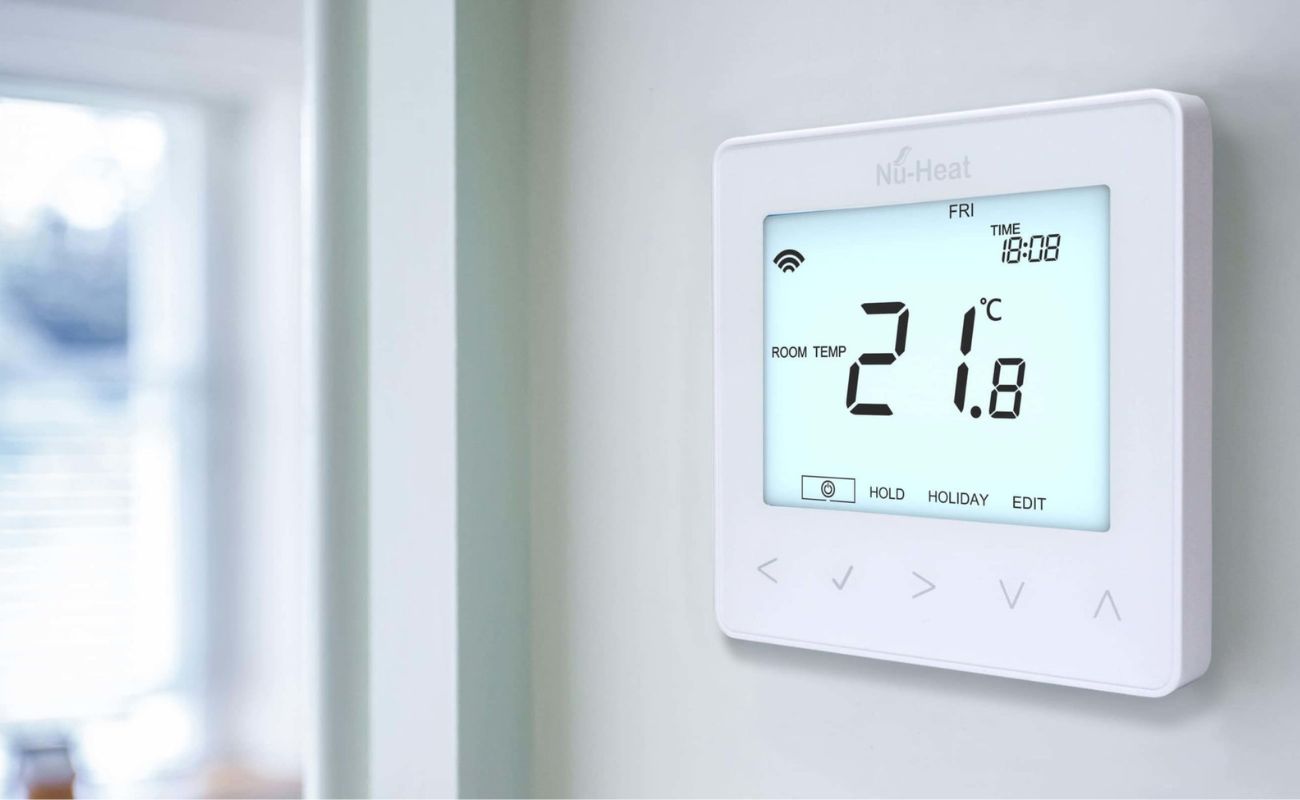

Home Automation Appliances
Why Is My Thermostat Humming?
Modified: January 9, 2024
Discover why your thermostat is humming and how it relates to home automation appliances. Learn how to troubleshoot and resolve this issue effectively.
(Many of the links in this article redirect to a specific reviewed product. Your purchase of these products through affiliate links helps to generate commission for Storables.com, at no extra cost. Learn more)
Introduction
Read more: Why Is My HVAC Humming
Why Is My Thermostat Humming?
If you’ve noticed a low, persistent hum emanating from your thermostat, you’re not alone. Many homeowners have experienced this phenomenon, and it can be quite puzzling. A thermostat is designed to regulate the temperature in your home, not produce an audible hum, so why is it making this noise? In this article, we will delve into the world of thermostat humming, exploring its potential causes and offering practical solutions to address this issue.
The thermostat serves as the control center for your home’s heating and cooling system, allowing you to set and maintain a comfortable indoor environment. When it starts emitting a hum, it may indicate an underlying problem that requires attention. Understanding the reasons behind this humming can empower you to take the necessary steps to resolve it and restore your thermostat to its normal, silent operation.
In the following sections, we will unravel the mystery of thermostat humming, examining the common causes behind it and providing actionable tips to troubleshoot and rectify the issue. By gaining insight into the potential culprits and learning how to address them, you can regain peace and quiet in your home while ensuring the optimal performance of your thermostat. Let’s embark on this journey to uncover the secrets of thermostat humming and equip ourselves with the knowledge needed to tackle this peculiar problem effectively.
Key Takeaways:
- Thermostat humming can be caused by electrical interference, loose wiring, transformer malfunction, HVAC component vibrations, or thermostat compatibility issues. Identifying and addressing these factors can restore a quiet, efficient thermostat.
- To fix a humming thermostat, inspect and secure wiring, eliminate electrical interference, check the transformer, stabilize HVAC components, and verify thermostat compatibility. Seeking professional help may be necessary for a comprehensive assessment and precise repairs.
Understanding Thermostat Humming
Thermostat humming can be a perplexing occurrence, especially for those unfamiliar with the intricacies of heating, ventilation, and air conditioning (HVAC) systems. When your thermostat emits a low, continuous hum, it signifies that something within its mechanism is not functioning as it should. To comprehend this phenomenon, it’s essential to grasp the primary components and functions of a thermostat.
At its core, a thermostat serves as the interface between you and your HVAC system, allowing you to set and adjust the desired temperature in your home. It contains various sensors and switches that detect the ambient temperature and signal the heating or cooling system to activate or deactivate accordingly. When the temperature deviates from the set parameter, the thermostat triggers the HVAC system to maintain the desired climate indoors.
The humming sound emitted by a thermostat often indicates an electrical issue within its internal components. This could be attributed to various factors, such as loose wiring, electrical interference, or a malfunctioning transformer. Understanding the workings of these components can shed light on the potential causes of the humming and guide you in troubleshooting the problem effectively.
Additionally, it’s crucial to recognize that thermostat humming may not necessarily stem from the thermostat itself. It could be a result of the HVAC system’s components, such as the furnace or air conditioning unit, which transmit vibrations or electrical signals that manifest as a hum through the thermostat. By discerning the interconnected nature of these components, you can adopt a comprehensive approach to diagnosing and addressing the source of the humming.
Furthermore, understanding the distinction between line voltage and low voltage thermostats is pivotal in deciphering the underlying issue. Line voltage thermostats are commonly found in older homes and typically operate at 120 to 240 volts, while low voltage thermostats, prevalent in modern HVAC systems, typically function at 24 volts. The type of thermostat in your home can influence the potential causes of the humming and the troubleshooting methods required to resolve it.
By gaining a deeper understanding of thermostat humming and its relationship to the intricate network of HVAC components, you can approach the problem with clarity and confidence. Armed with this knowledge, you’ll be better equipped to identify the root cause of the humming and implement targeted solutions to restore your thermostat to its normal, noise-free state.
Common Causes of Thermostat Humming
The enigmatic humming emanating from your thermostat can be attributed to a range of underlying causes, each warranting specific attention and remedial measures. By unraveling the common culprits behind this perplexing phenomenon, you can effectively diagnose the issue and take proactive steps to address it. Let’s explore the prevalent causes of thermostat humming and gain insight into the potential triggers of this enigmatic sound.
- Electrical Interference: One of the primary causes of thermostat humming is electrical interference. This can occur when the thermostat’s wiring comes into contact with other electrical components or when external sources, such as nearby power lines or electronic devices, emit electromagnetic signals that interfere with the thermostat’s operation. Identifying and eliminating sources of electrical interference is crucial in mitigating the humming sound.
- Loose Wiring: The presence of loose or frayed wiring within the thermostat or the HVAC system can lead to humming. When electrical connections are compromised, it can result in irregular electrical currents and vibrations that manifest as a low, persistent hum. Thoroughly inspecting and securing the wiring can alleviate this issue.
- Transformer Malfunction: A malfunctioning transformer within the HVAC system can also contribute to thermostat humming. The transformer is responsible for converting the incoming voltage to the appropriate level for the thermostat’s operation. If the transformer is faulty or worn out, it can produce a humming sound as it struggles to maintain the requisite electrical output.
- HVAC Component Vibrations: Vibrations stemming from the furnace, air conditioning unit, or other HVAC components can transmit through the wiring and manifest as a hum in the thermostat. These vibrations may result from loose or unsecured components within the HVAC system, necessitating a thorough inspection and potential repositioning or fastening of affected parts.
- Thermostat Compatibility: In some instances, thermostat humming may arise from compatibility issues between the thermostat and the HVAC system. Using a thermostat that is incompatible with the specific heating or cooling system in your home can lead to operational irregularities, including humming. Ensuring that the thermostat is compatible with your HVAC system is essential in mitigating this issue.
By familiarizing yourself with these common causes of thermostat humming, you can adopt a systematic approach to troubleshooting and resolving this perplexing issue. Identifying the underlying trigger of the humming and implementing targeted solutions can restore your thermostat to its normal, noise-free functionality, allowing you to enjoy a serene indoor environment once more.
If your thermostat is humming, it could be a sign of an electrical issue. Check for loose wiring or a malfunctioning transformer. If you’re not comfortable with electrical work, it’s best to call a professional to inspect and fix the problem.
How to Fix a Humming Thermostat
Addressing a humming thermostat entails a systematic approach that involves identifying the underlying cause and implementing targeted solutions to rectify the issue. By leveraging practical troubleshooting techniques and employing precision in your remedial efforts, you can effectively restore your thermostat to its normal, silent operation. Let’s delve into the actionable steps to fix a humming thermostat and regain tranquility in your home.
- Inspect and Secure Wiring: Begin by carefully examining the wiring within the thermostat and the HVAC system. Look for any loose, frayed, or damaged wires that may be contributing to the humming sound. Ensure that all connections are secure and free from any signs of wear or deterioration. If necessary, reposition and fasten the wiring to eliminate potential sources of electrical interference and vibrations.
- Eliminate Electrical Interference: Identify and mitigate sources of electrical interference that may be affecting the thermostat’s operation. Keep the thermostat’s wiring clear of other electrical components and electronic devices that could emit electromagnetic signals. Additionally, consider relocating the thermostat if it is in close proximity to power lines or other sources of electrical interference.
- Check the Transformer: Verify the functionality of the transformer within the HVAC system. If the transformer is producing a humming sound, it may indicate a malfunction that requires attention. Consult a qualified HVAC technician to inspect the transformer, diagnose any issues, and perform the necessary repairs or replacements to restore its proper operation.
- Stabilize HVAC Components: Examine the furnace, air conditioning unit, and other HVAC components for any signs of vibration or instability. Secure loose components and ensure that all parts are properly fastened and aligned. By stabilizing the HVAC system, you can minimize the transmission of vibrations that contribute to the humming of the thermostat.
- Verify Thermostat Compatibility: Confirm that the thermostat is compatible with your specific HVAC system. Refer to the manufacturer’s guidelines and specifications to ensure that the thermostat is designed to work seamlessly with your heating and cooling components. If compatibility issues are identified, consider replacing the thermostat with a model that is fully compatible with your HVAC system.
Upon implementing these targeted measures, it is advisable to observe the operation of the thermostat and monitor for any lingering humming sounds. If the issue persists despite your efforts, seeking professional assistance from an HVAC technician is recommended. A qualified technician can conduct a comprehensive assessment of your HVAC system, diagnose the root cause of the humming, and execute precise repairs to restore the optimal functionality of your thermostat.
By methodically addressing the potential causes of thermostat humming and applying the appropriate remedies, you can effectively resolve this perplexing issue and enjoy a tranquil, noise-free environment in your home. Empower yourself with the knowledge and tools needed to tackle a humming thermostat, and reclaim the serenity of your indoor space.
Read more: Why Does My Doorbell Transformer Hum
Conclusion
Thermostat humming can disrupt the tranquility of your home and raise concerns about the functionality of your heating and cooling system. However, by unraveling the mysteries behind this enigmatic sound and understanding its potential causes, you can embark on a journey to restore your thermostat to its normal, silent operation. Through this exploration, you have gained valuable insights into the common triggers of thermostat humming and the actionable steps to address this issue effectively.
By recognizing the significance of electrical interference, loose wiring, transformer malfunctions, HVAC component vibrations, and thermostat compatibility, you have equipped yourself with the knowledge needed to diagnose and troubleshoot a humming thermostat. The systematic approach to inspecting and securing wiring, eliminating electrical interference, checking the transformer, stabilizing HVAC components, and verifying thermostat compatibility provides a roadmap for resolving this perplexing issue and regaining peace in your home.
As you navigate the realm of thermostat humming, it’s essential to approach the troubleshooting process with precision and patience. Thoroughly examining the internal and external factors that may contribute to the humming sound, and implementing targeted solutions, can lead to a successful resolution. Additionally, seeking professional assistance from an HVAC technician, if necessary, ensures a comprehensive assessment and precise repairs to address the root cause of the humming.
Ultimately, by delving into the intricacies of thermostat humming and embracing a proactive mindset, you can conquer this puzzling phenomenon and restore your thermostat to its intended functionality. Empower yourself with the knowledge and tools needed to address a humming thermostat, and revel in the serene, noise-free ambiance of your home.
As you embark on this journey, may your home be filled with tranquility and comfort, free from the enigmatic hum of a troubled thermostat. With a deeper understanding of thermostat humming and the resolve to tackle this issue, you can ensure that your home remains a haven of serenity and optimal climate control.
Frequently Asked Questions about Why Is My Thermostat Humming?
Was this page helpful?
At Storables.com, we guarantee accurate and reliable information. Our content, validated by Expert Board Contributors, is crafted following stringent Editorial Policies. We're committed to providing you with well-researched, expert-backed insights for all your informational needs.
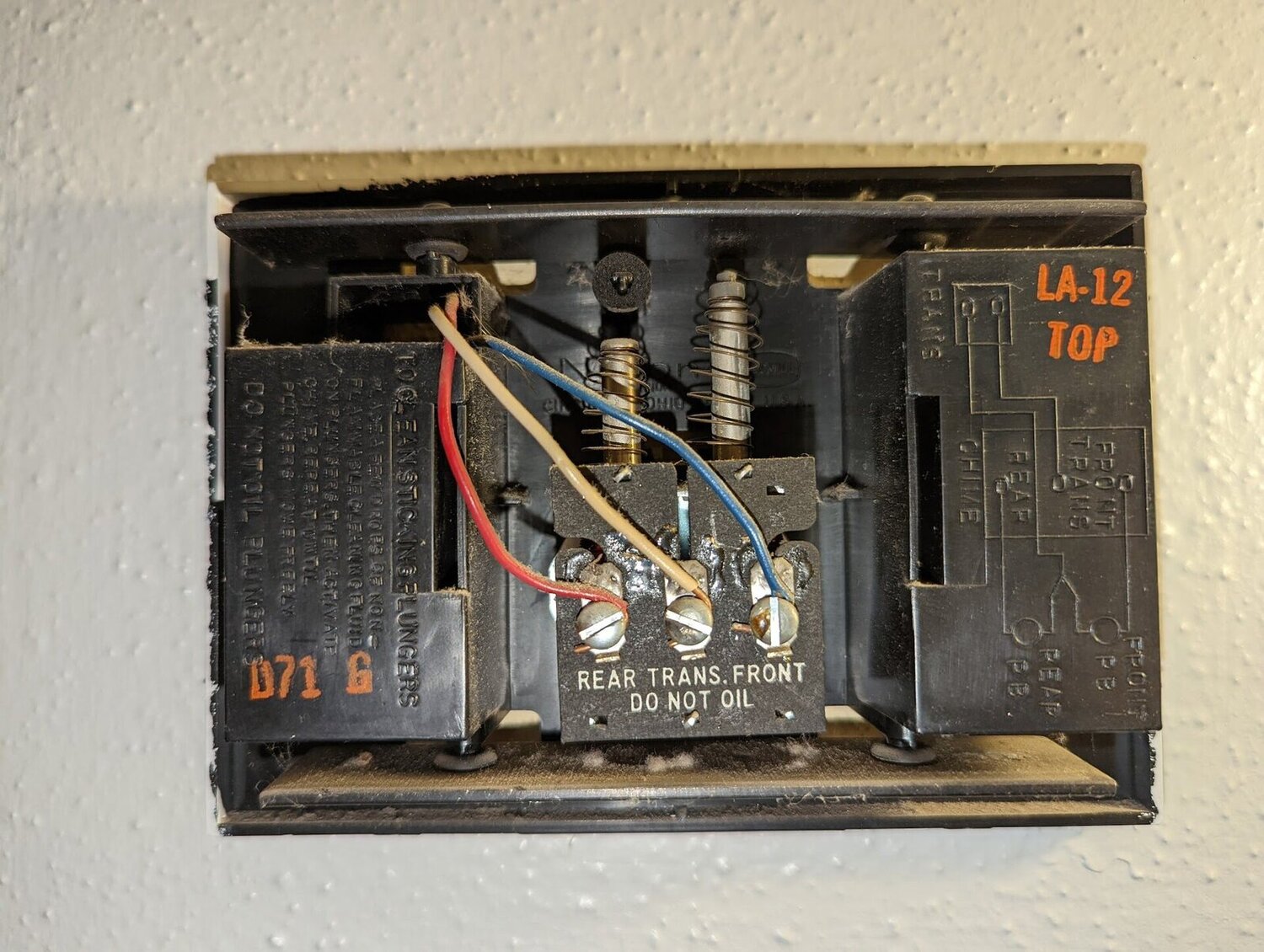
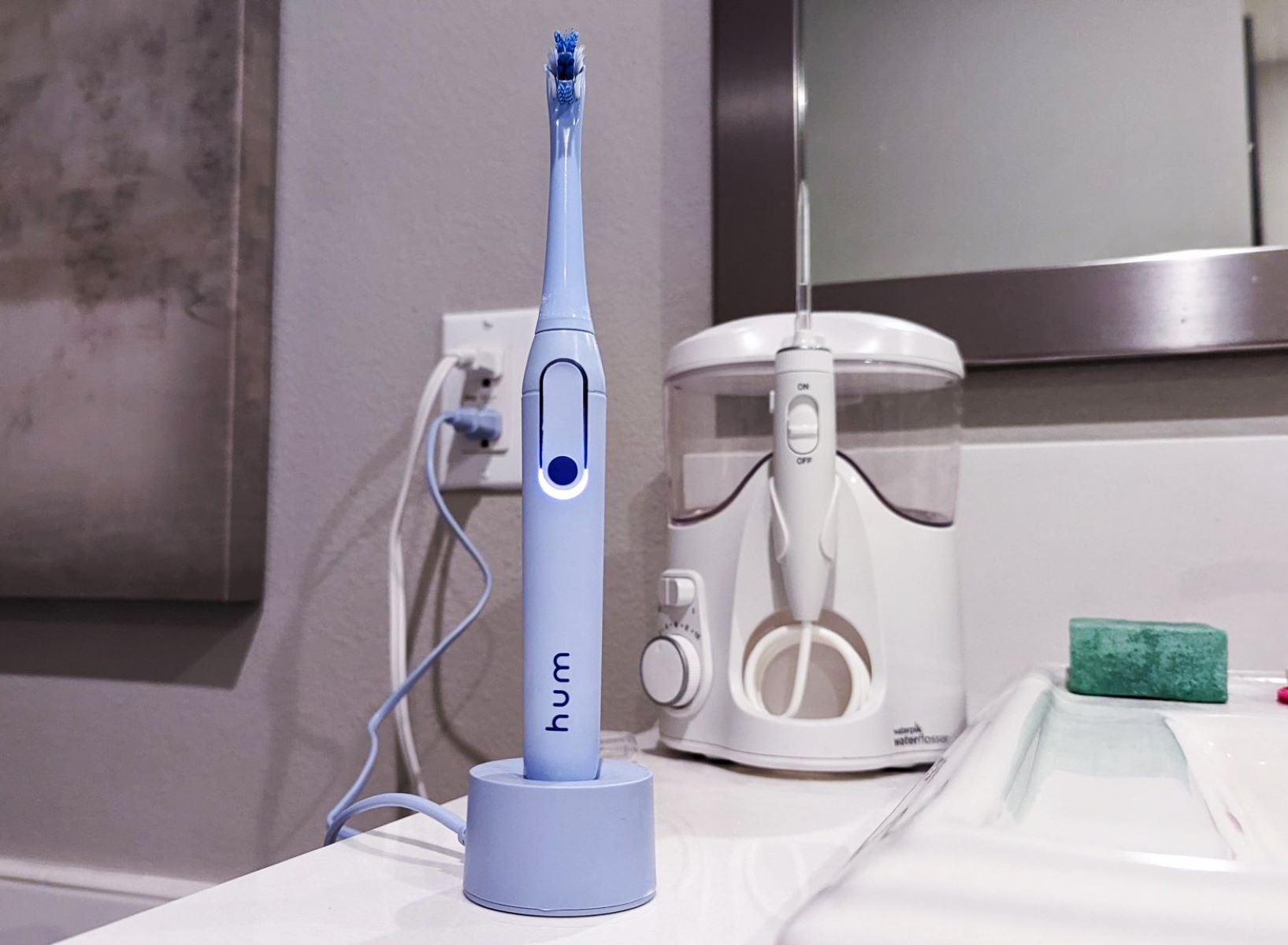
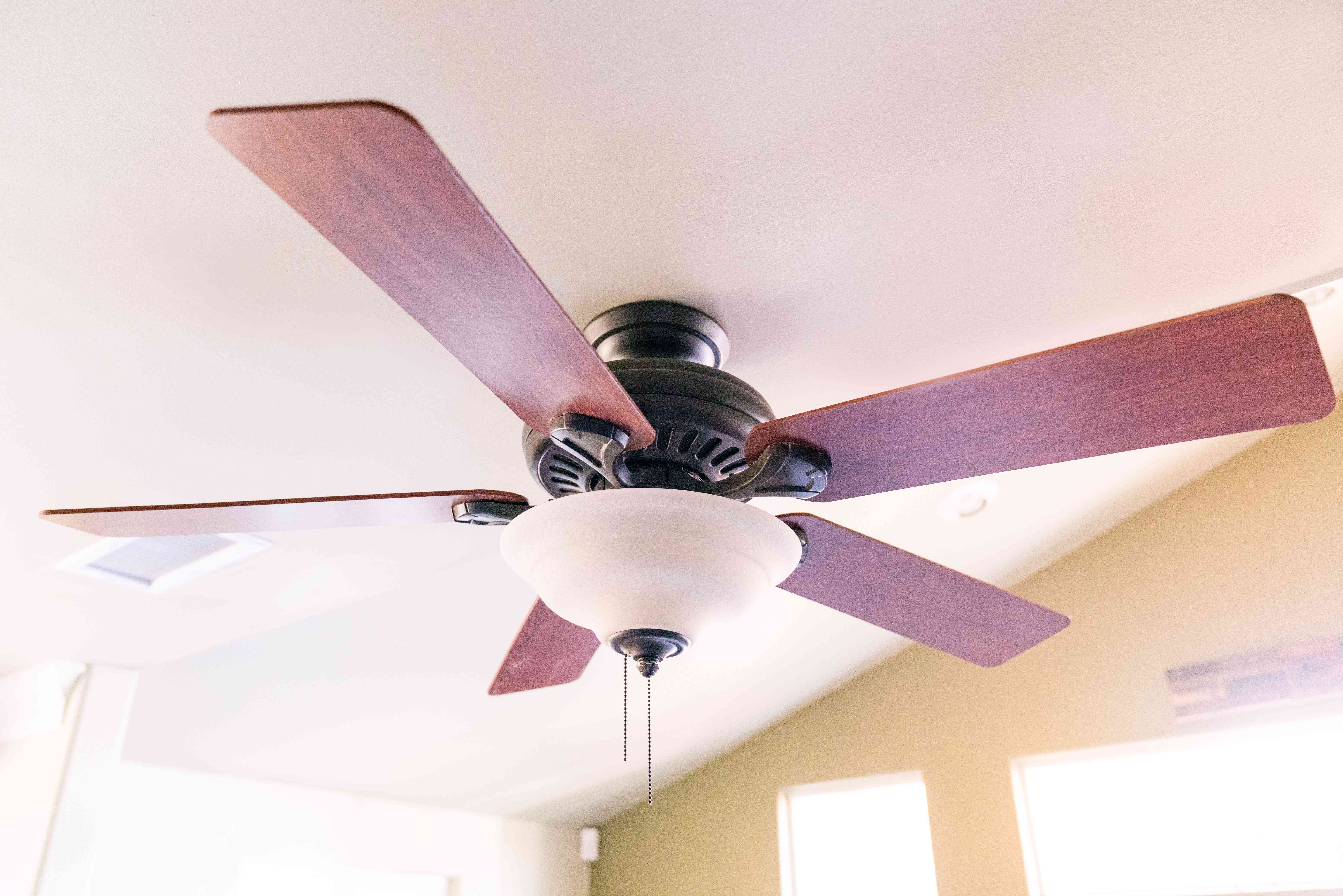
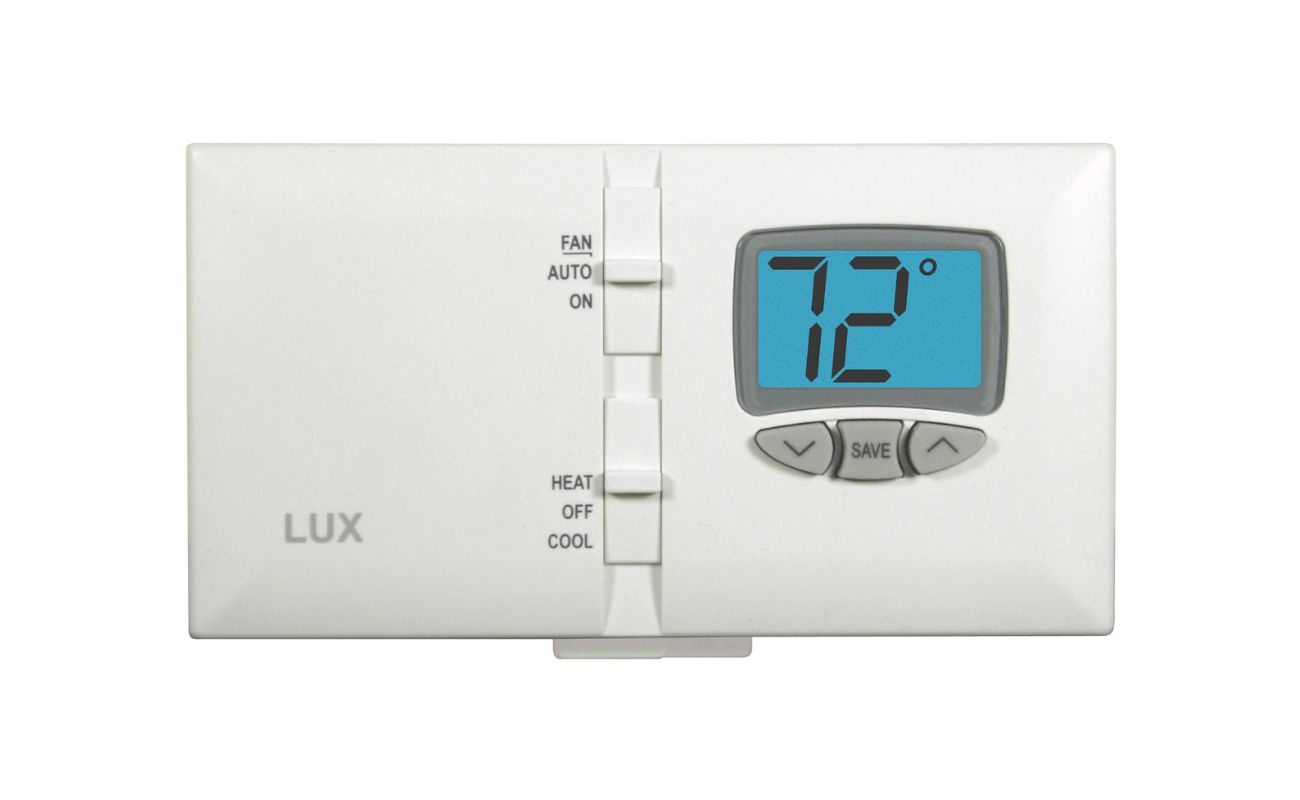
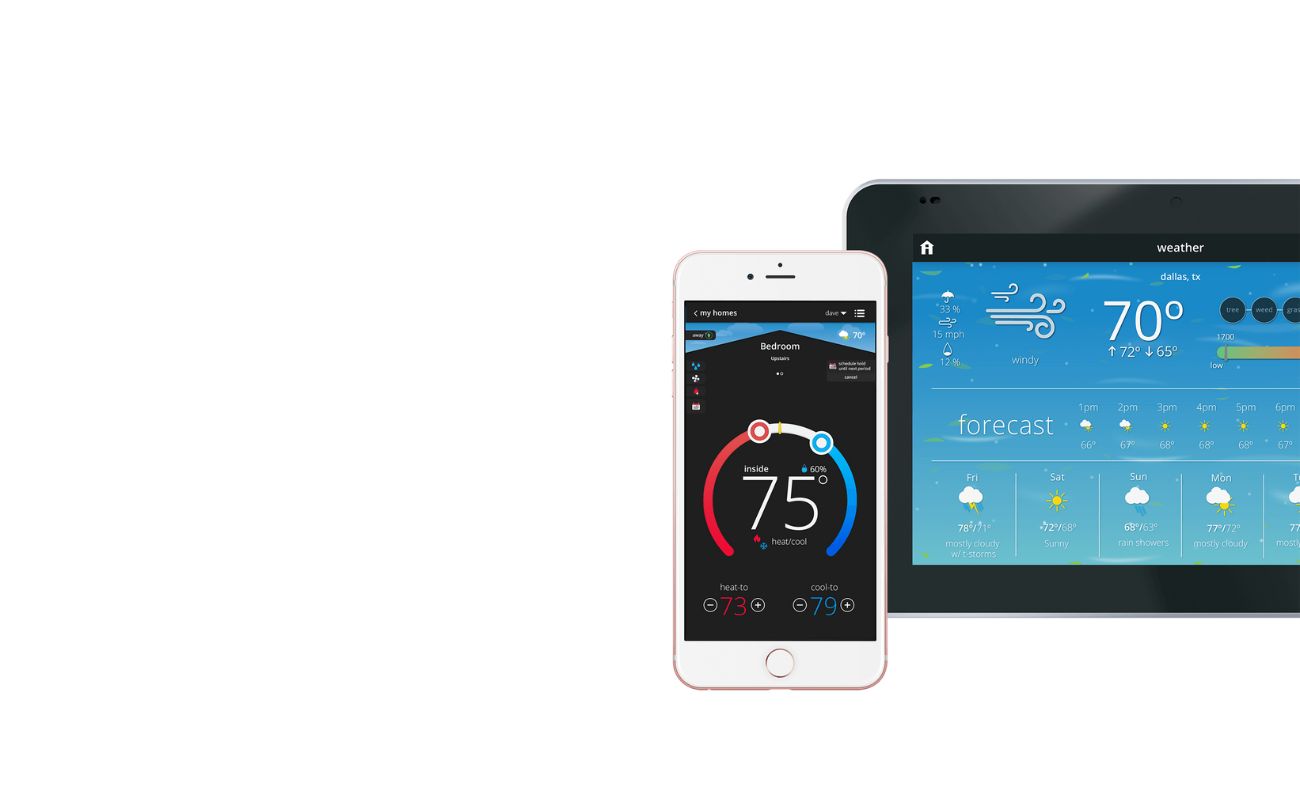
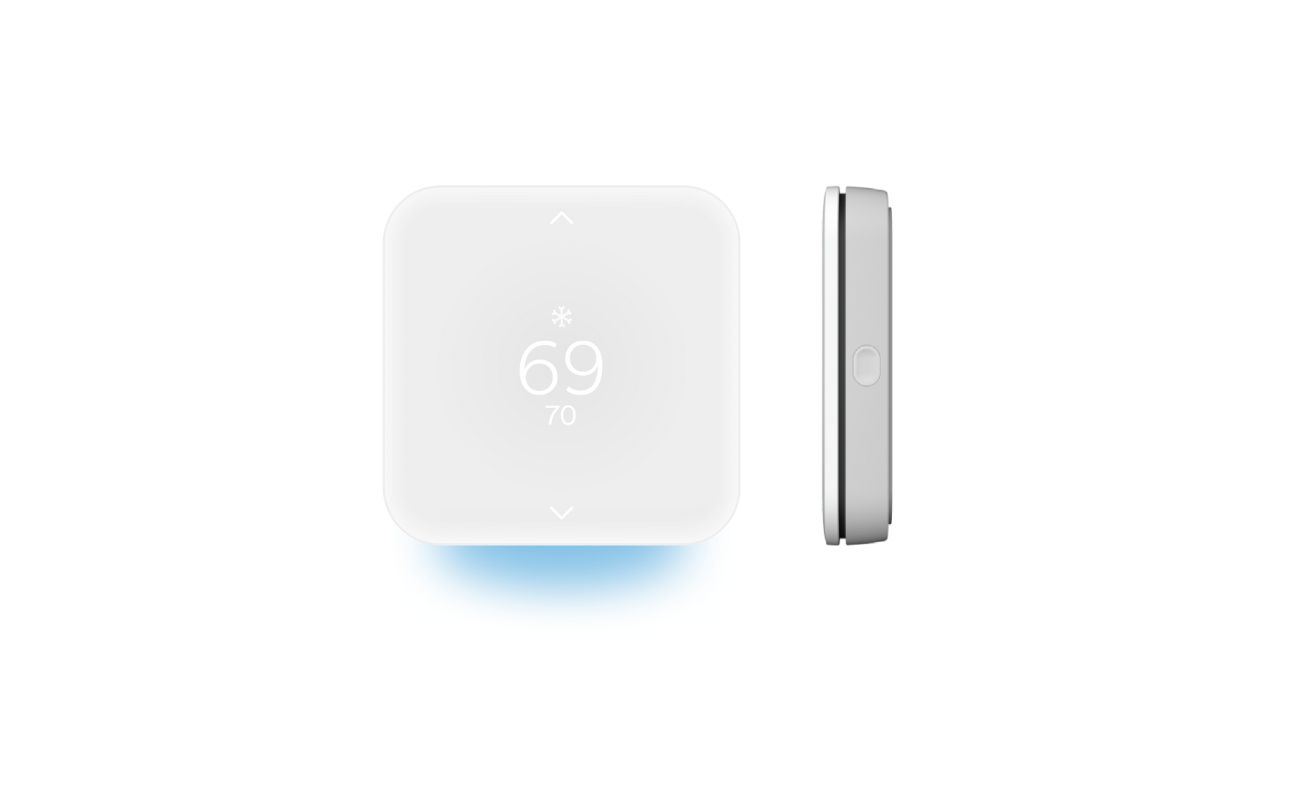
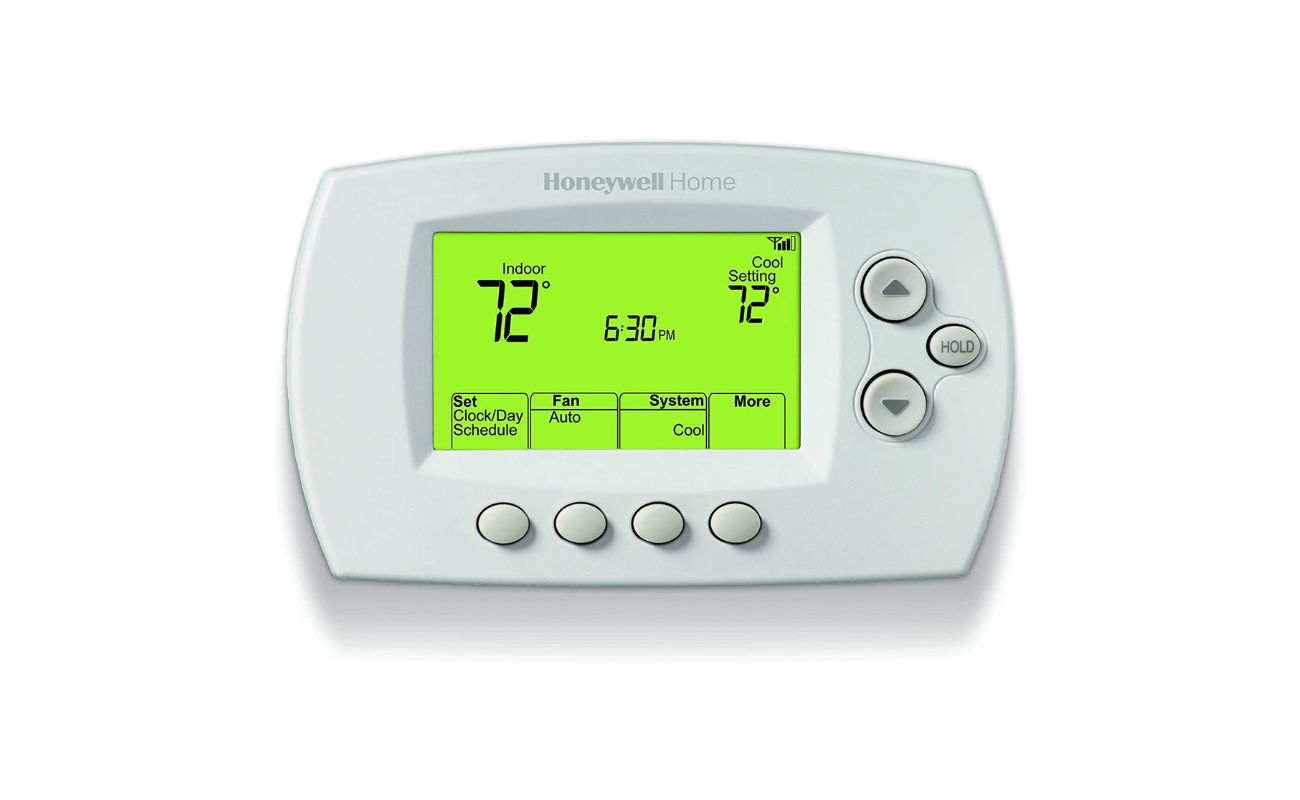
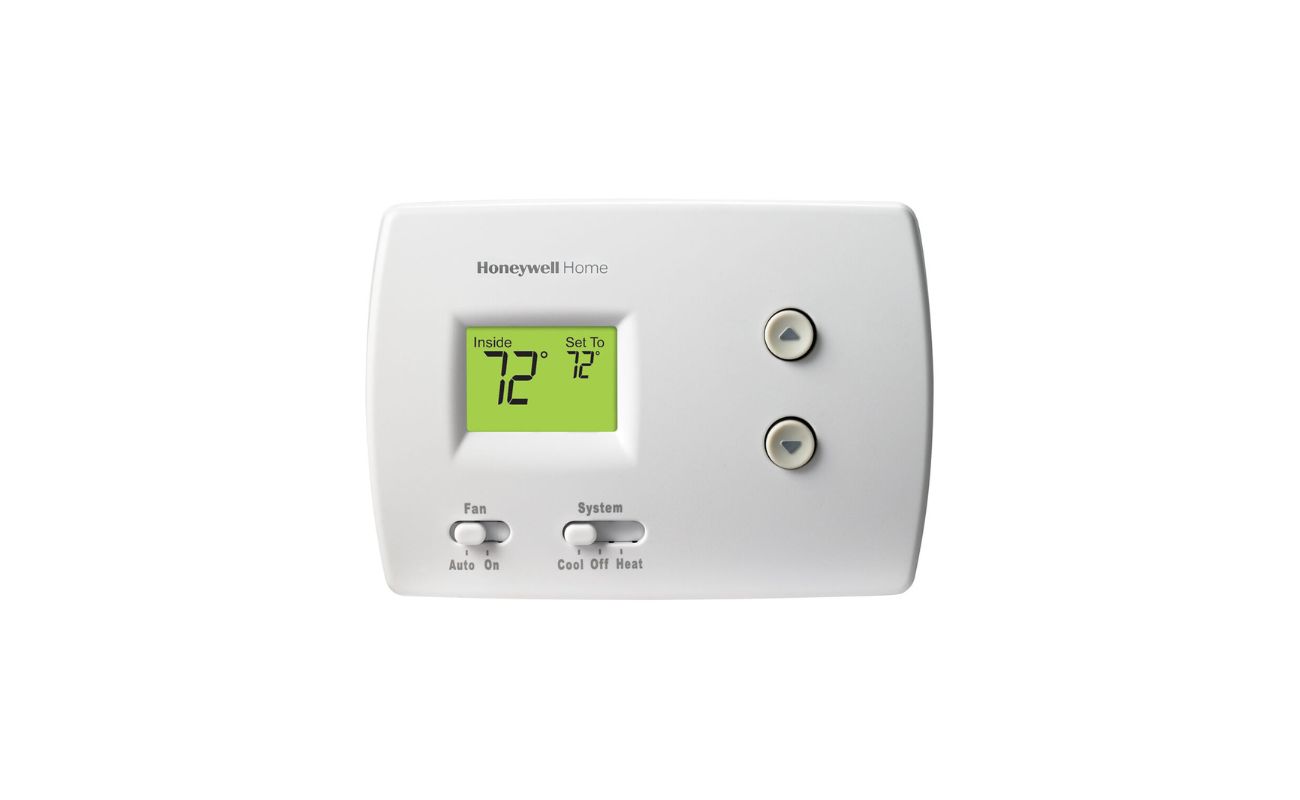
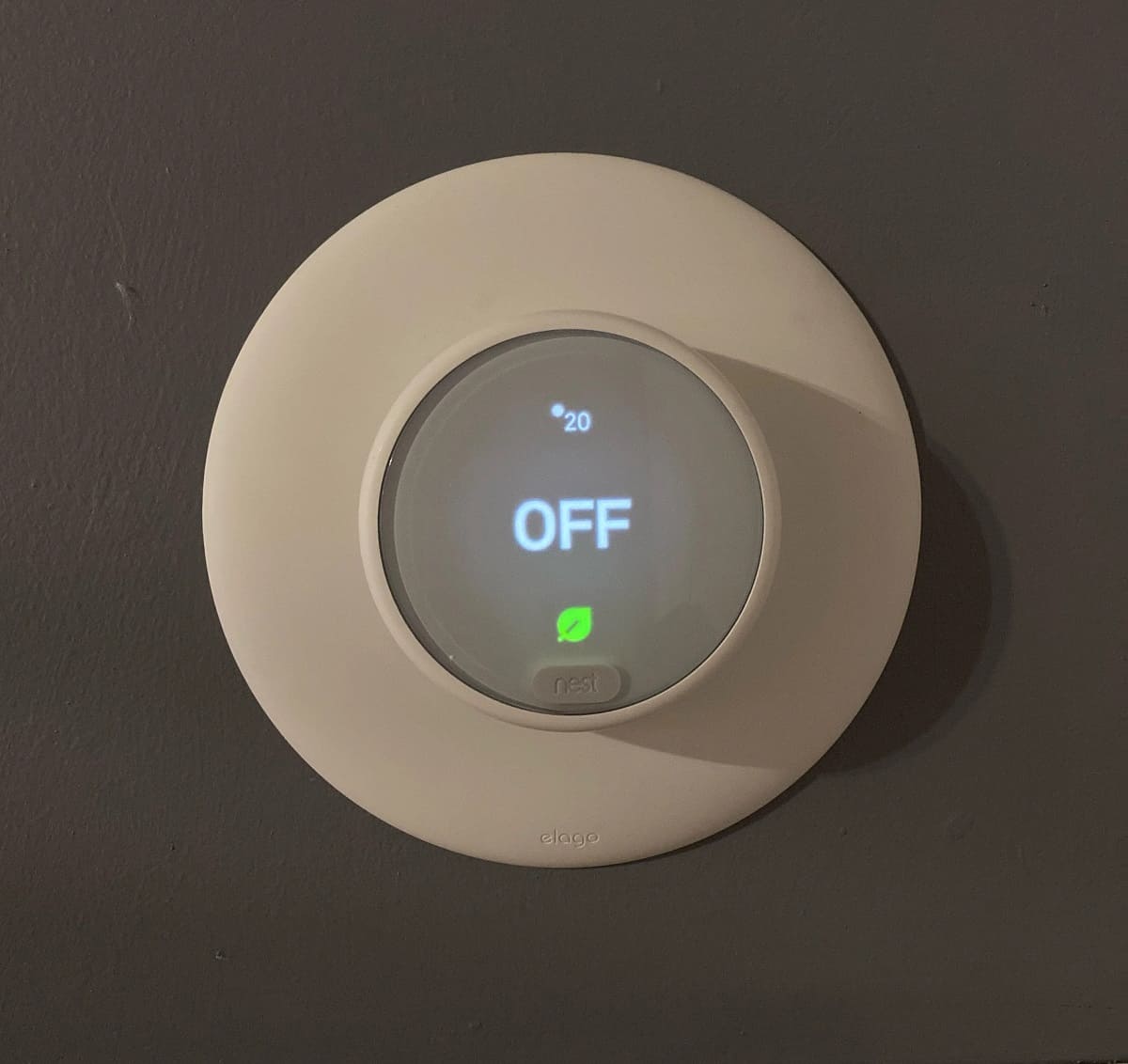
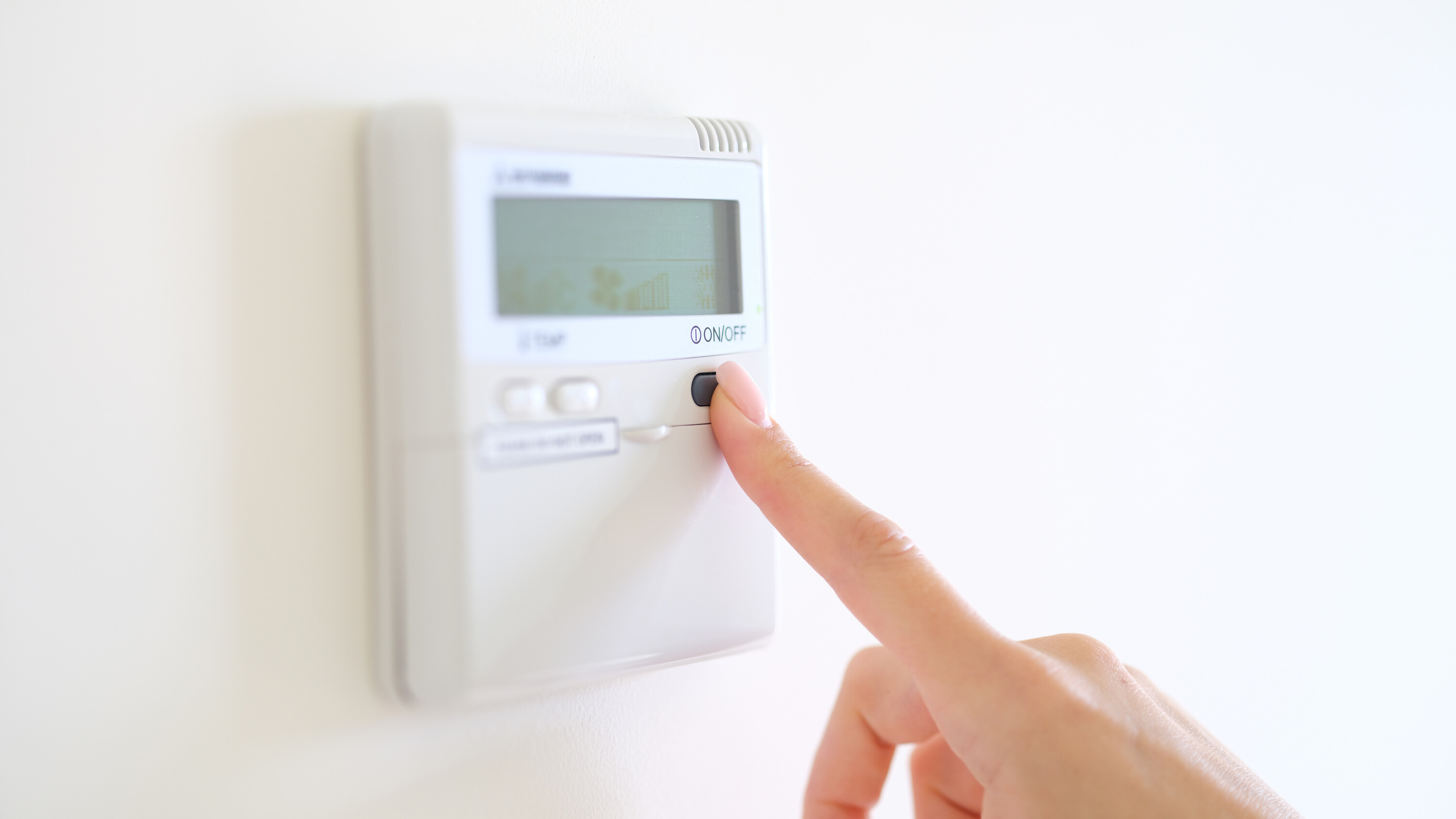
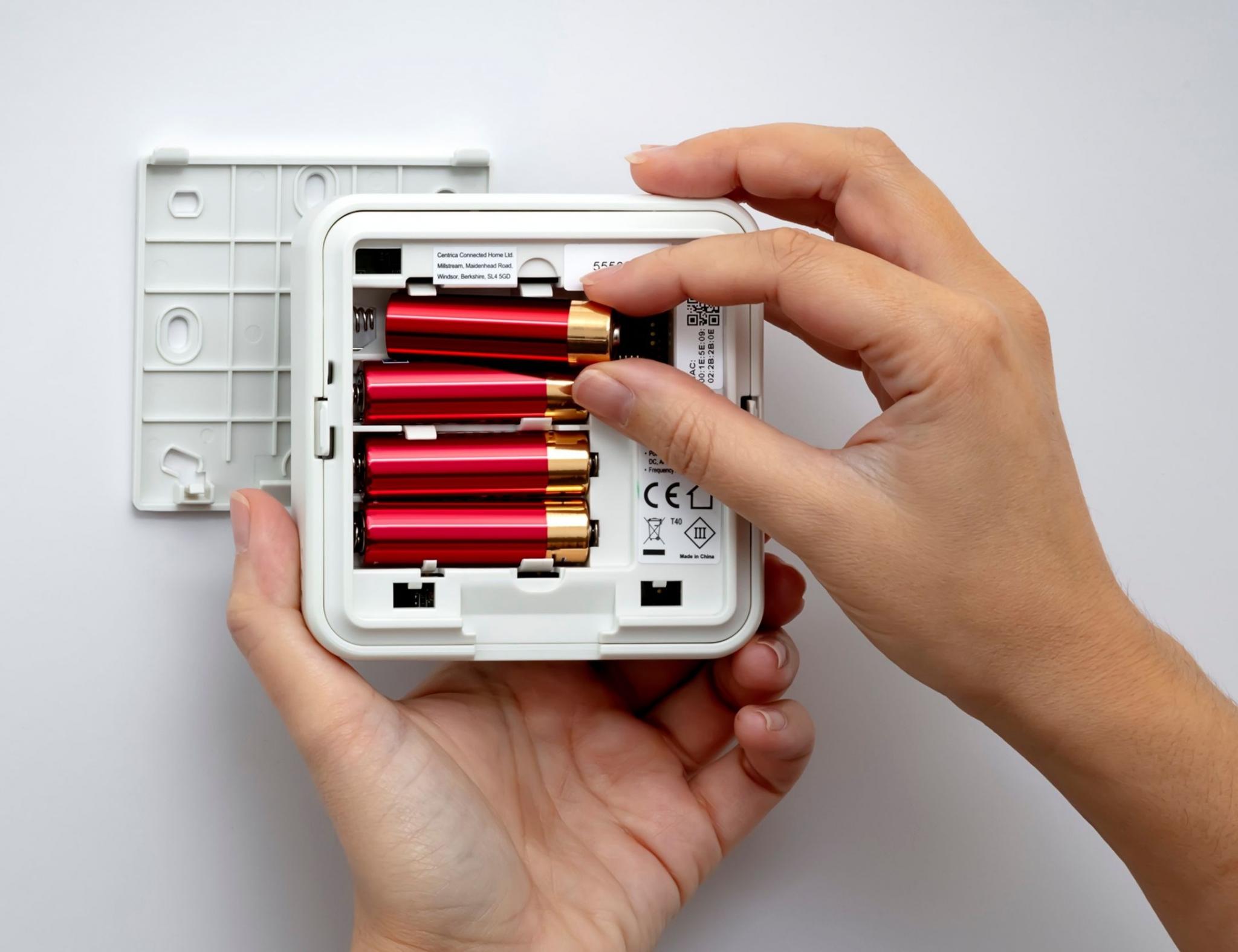
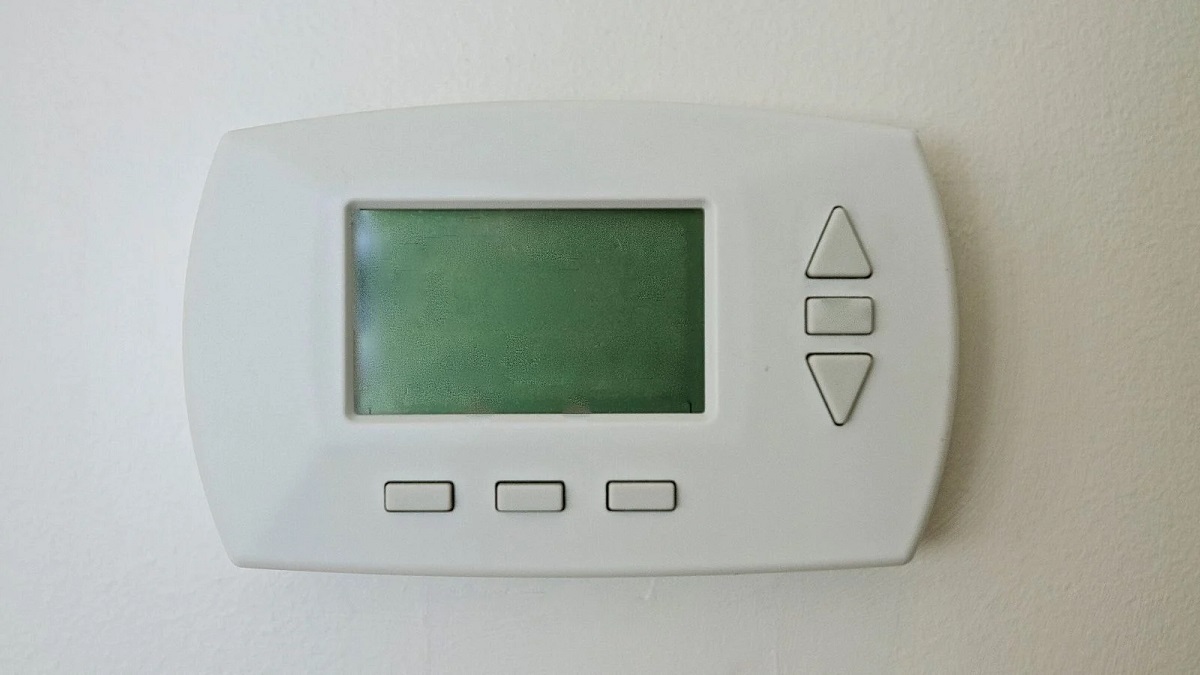
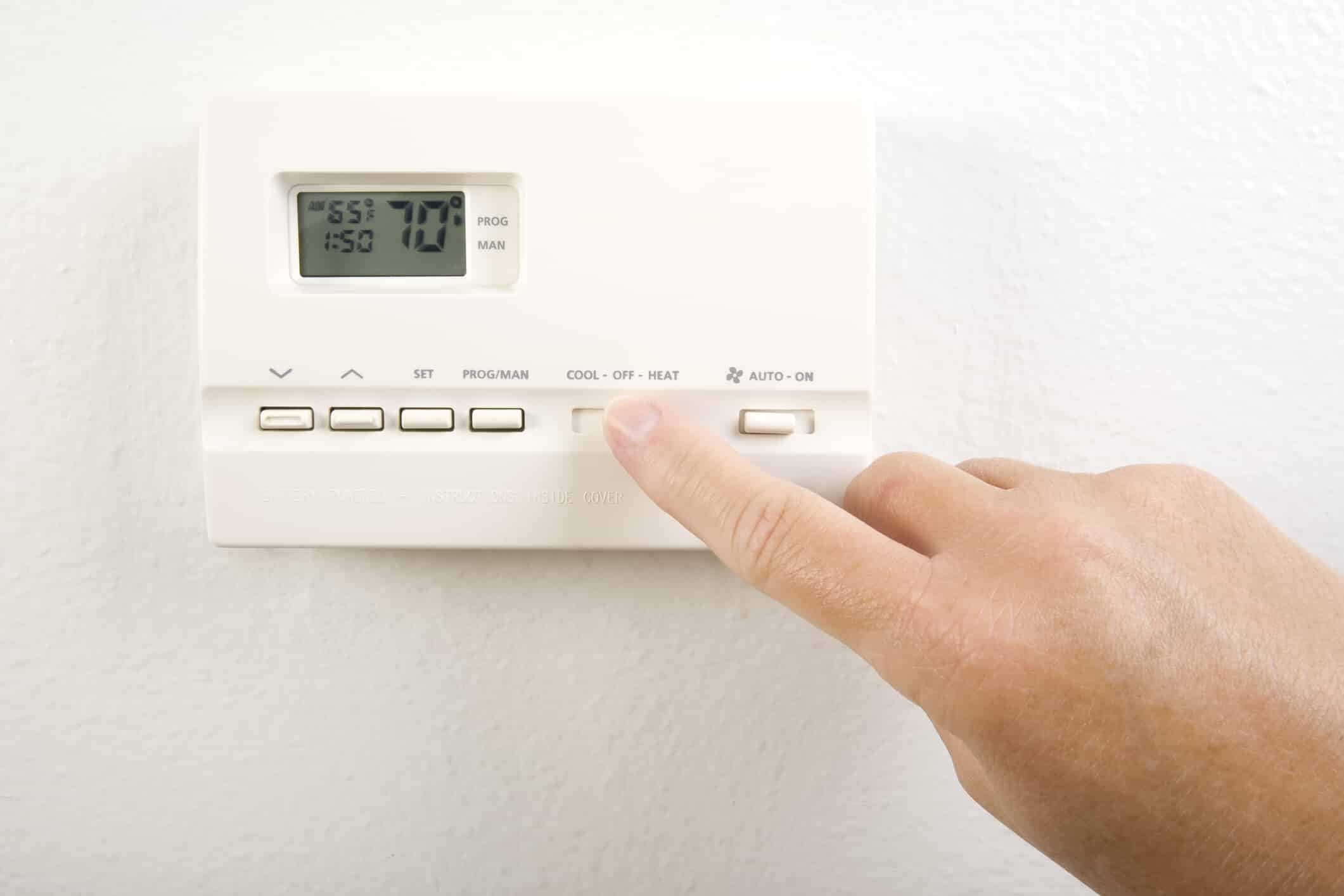
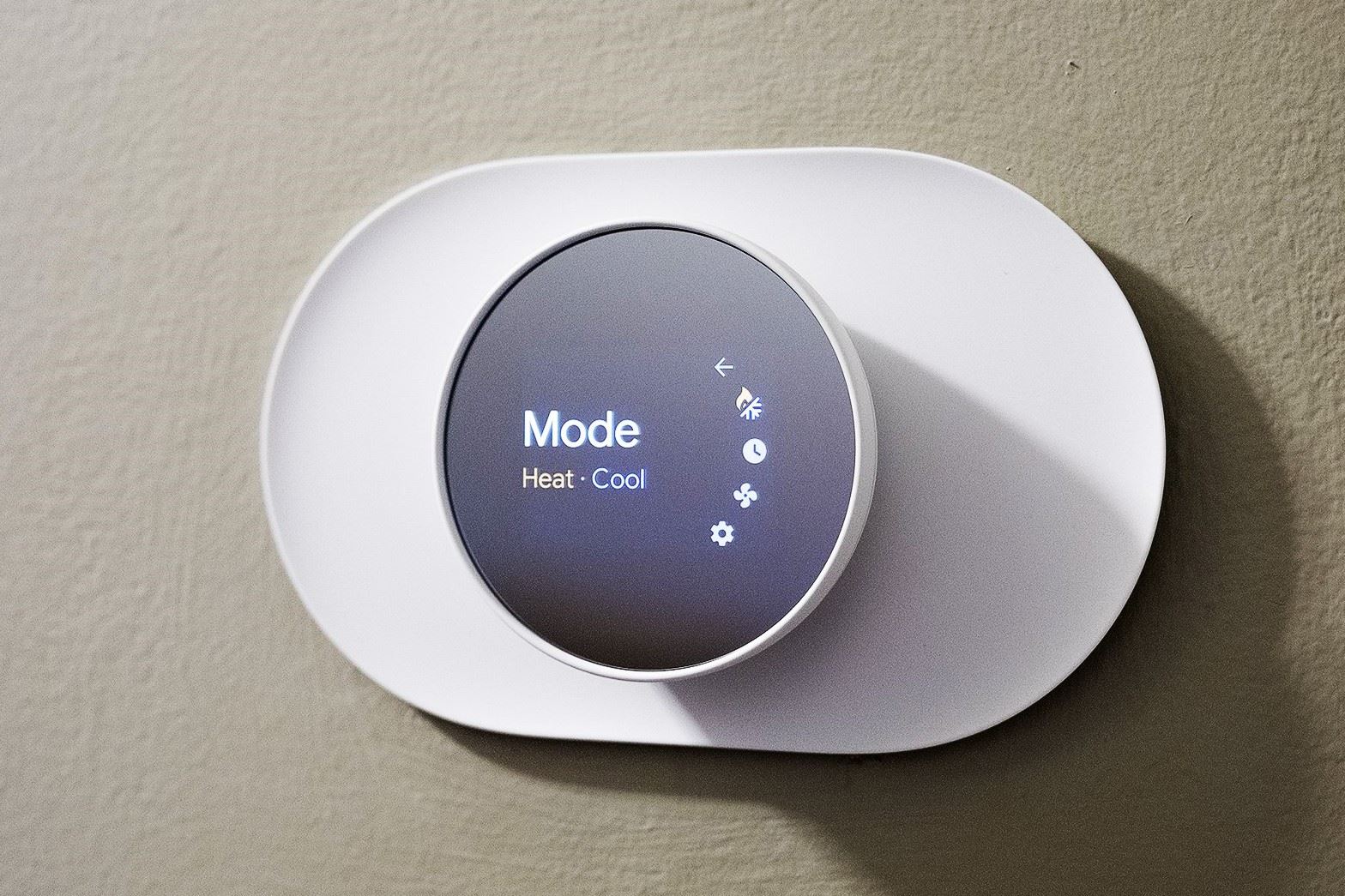

0 thoughts on “Why Is My Thermostat Humming?”